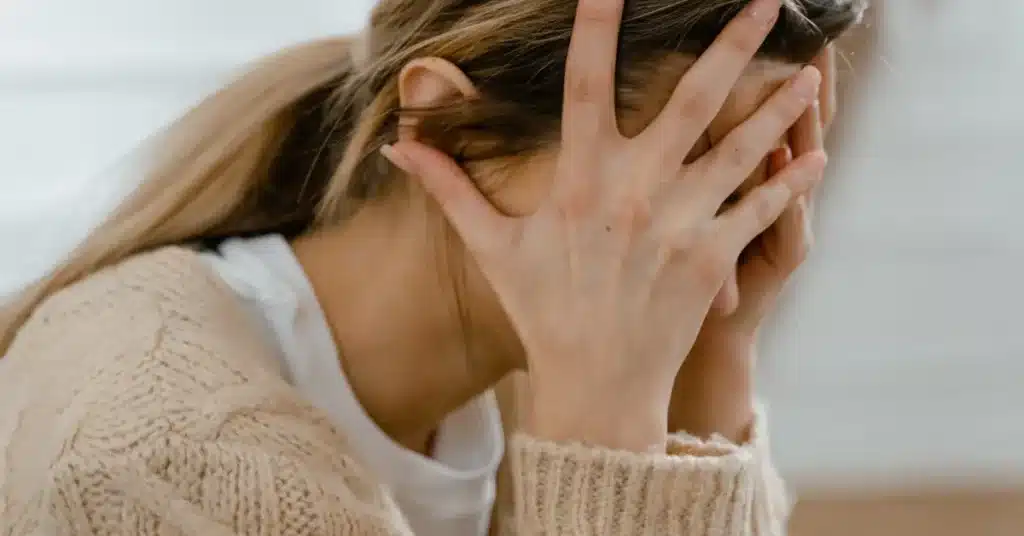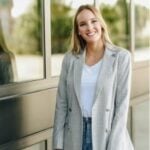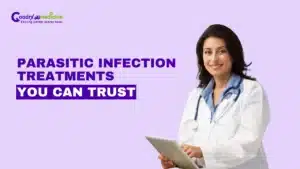Females can have fluctuating sexual desires over their lifespan. Sexual dysfunction is as common in females as it is in males.
Female Sexual Interest/Arousal Disorder (FSIAD) may be indicated by a significant or complete lack of interest in sex or trouble reacting to stimulation.
By the end of this article, you’ll better understand Female Sexual Arousal Disorder (FSAD).
This article goes into great length about the symptoms, causes, and treatments of FSAD.
What is Female Sexual Arousal Disorder
FSAD, a type of Female Sexual Dysfunction, refers to a loss or significant decline in females’ physical or sexual arousal.
It is different from Hypoactive Sexual Desire Disorder (HSDD). HSDD refers to the lack of desire to engage in sexual activity or low libido.
The causes of FSAD also differ from those of HSDD or low libido in women.
Doctors find it difficult to distinguish between these conditions.
This is the reason for introducing the term Female Sexual Arousal/Interest Disorder as per the new edition of the Diagnostic and Statistical Manual of Mental Disorders (DSM-5).
Female Sexual Arousal Disorder symptoms
 Source: MART_PRODUCTION
Source: MART_PRODUCTIONThe signs and symptoms of FSAD fluctuate for many women.
Some people experience symptoms each time they attempt to have sex or perform sexual activity.
Others might only sometimes encounter them.
Some of the FSAD symptoms are:
- Low or nonexistent sex desire
- Few or no sex-related thoughts
- Irregular sexual activity within a relationship
- Diminished or non-existent genital feelings
These symptoms must cause significant distress or persist for at least six months to diagnose FSIAD.
Female Sexual Arousal Disorder causes
FSAD can have physical, psychological, and hormonal causes.
Physical causes of FSAD may include health conditions, medications, or poor blood circulation to the genital region.
Sometimes hormonal changes such as birth control medications, menopause, and pregnancy may lead to Female Sexual Arousal Disorder.
According to a review, female sexual dysfunction can also develop in women who are unhappy in their relationships.
This dissatisfaction is due to low self-esteem, stress, Depression, and Anxiety which are also the psychological causes of FSAD.
Health conditions like Diabetes or medications like antidepressants can also lead to sex-related issues.
As antidepressants are a common cause of sexual dysfunction, it can even lead to Premature Ejaculation or Delayed Ejaculation in males.
Female Sexual Arousal Disorder treatment
 Source: deepak venkatesh_From_Getty_Images
Source: deepak venkatesh_From_Getty_ImagesFemale Sexual Arousal Disorder treatment varies based on the condition’s underlying cause.
Depending on the cause, most women benefit from a mix of counseling and drugs.
When the cause of FSAD is psychological, talk therapy or psychotherapy may be beneficial.
Flibanserin (Addyi) is an FDA-approved medicine to increase low libido in women.
Before taking any medications, you should consult a medical specialist or gynecologist.
Recommended read: Trouble getting aroused during sex? Take action now! Learn about pills that can change the game in the bedroom: Instant Female Arousal Pills: Quick Way to Boost Libido in Women
Summing up
Female Sexual Arousal Disorder (FSAD) can significantly impact women’s intimate life and overall well-being.
Proper diagnosis and tailored treatment plans can potentially restore sexual satisfaction and strengthen emotional bonds.
FSAD differs from HSDD, but doctors have difficulty distinguishing the two conditions.
Common symptoms of FSIAD include a lack of desire/initiative to engage in sexual activity.
The condition’s causes could be physical or psychological. It could also be caused by hormonal changes caused by pregnancy or menopause.
FSIAD can be treated by addressing the underlying cause. For FSIAD, most women utilize a mix of therapy and medication.
Frequently Asked Questions
What is the most common sexual desire arousal disorder?
The most prevalent sexual desire arousal problem is Hypoactive Sexual Desire Disorder (HSDD). It is characterized by persistently low or absent sexual desire, which can lead to distress and interpersonal difficulties.
What are the DSM-5 criteria for female sexual interest arousal disorder?
The DSM-5 criteria for Female Sexual Interest/Arousal Disorder include experiencing reduced or absent interest in sexual activity and reduced sexual arousal. Additionally, difficulty in responding to sexual cues can lead to personal distress.
What hormone causes female arousal?
The hormone responsible for female arousal is primarily testosterone. Though present at lower levels than in males, testosterone is crucial in stimulating sexual desire and promoting arousal in women.
How is Female Sexual Arousal Disorder diagnosed?
Diagnosing Female Sexual Arousal Disorder involves a comprehensive assessment by a healthcare professional. The process typically includes discussing the individual’s sexual history, conducting physical examinations, ruling out any underlying medical conditions, and evaluating psychological factors. Open communication between the patient and the healthcare provider is essential for an accurate diagnosis.
Can women of any age have Female Sexual Arousal Disorder?
Yes, FSAD can affect women of any age. Regardless of age, it’s important to remember that seeking help is always an option.
When referencing outside resources, GoodrxMedicine always provides full citations. To learn more about the measures we use to maintain the quality of our content, please review our Content Information Policy.











